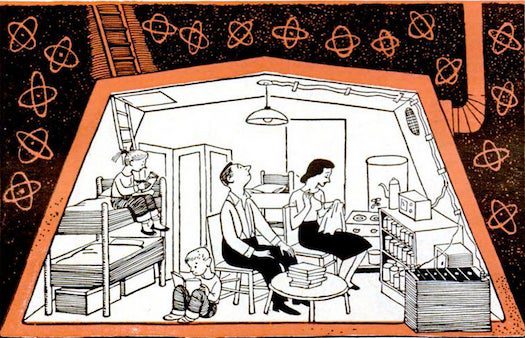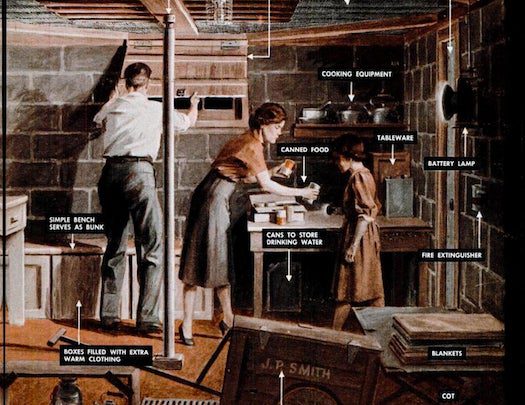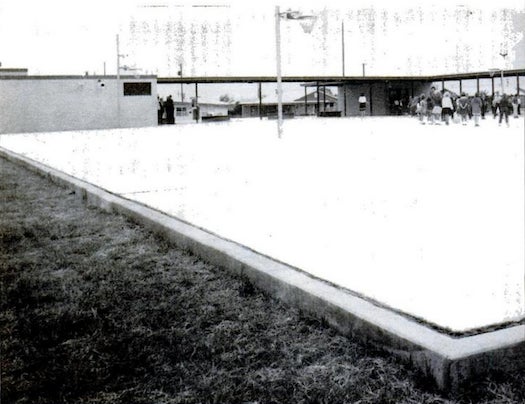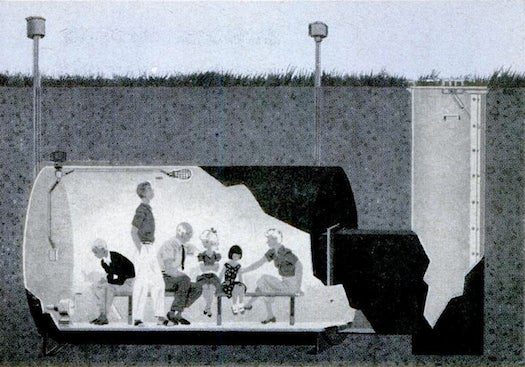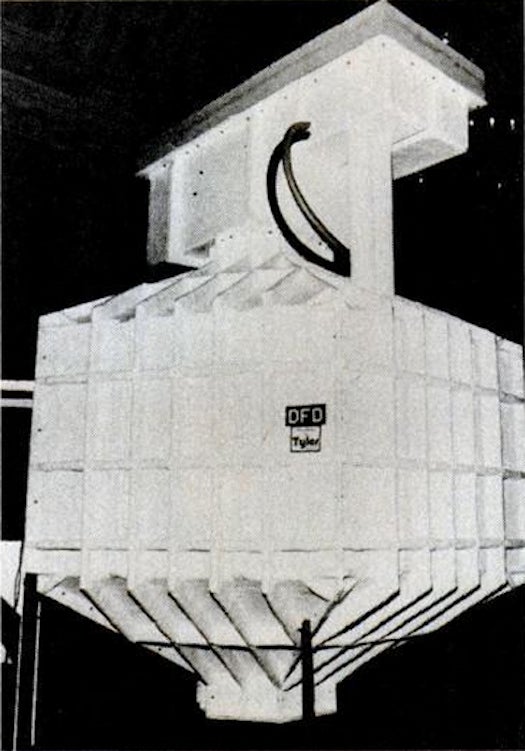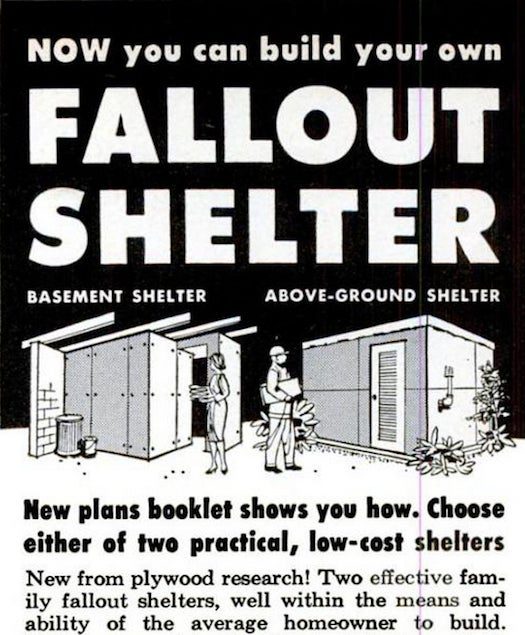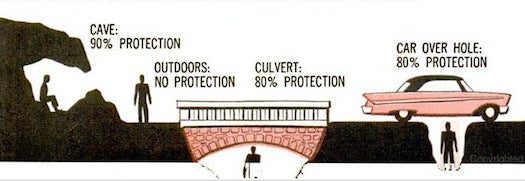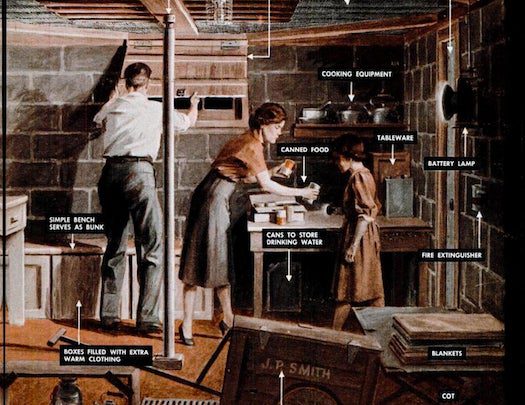President John F. Kennedy appointed America’s first civil defense chief for nuclear war preparedness in 1961, during the height of the Berlin Crisis. Steuart Pittman, a lawyer, was tasked with building enough fallout shelters to protect everyone in the U.S. in the event of an atomic attack. Three years later, Pittman resigned the position–which he described as one of the most “unappetizing, unappealing and unpopular” jobs ever created–after bitter debates over the ethics, feasibility, and cost of the program. As the New York Times reports, he died earlier this month at his family farm in Davidsonville, Md., at the age of 93.
The era of family fallout shelters is well-documented in Popular Science; between 1950 and 1990, we published dozens of stories, diagrams, and instructions for readers who wanted to build the best bunker on the block. Check out the gallery for seven of the most disturbing fallout-shelter photos and illustrations.
Click here to enter the gallery
Fallout Shelter Basics: September, 1959
“Planners figure a family of four could be housed in a room with a seven-by-seven foot floor area. That allows a little more than the 10 square feet per person considered a minimum for comfort. ‘Basics’ will include beds, food, water, sanitation facilities, lighting and a radio. To alleviate boredom, the designers experimented with variations in lighting. Both incandescents and fluorescents were used. Switching different ones off and on at intervals helped convey a feeling of the passage of time.” Read the rest of the story in the September 1959 issue of Popular Science.
Family Foxhole: March, 1951
“You cannot escape an atomic bomb, but there is something practical and patriotic you can do to prepare for atomic attack. A millionaire could not construct a complete A-bomb-proof shelter, but the average house-holder can make a worthwhile refuge room in the average basement. By building your family foxhole, you will also be building the state of mind that can resist the pressures of agression as well as the shocks of actual atomic war.” Read the rest of the story in the March 1951 issue of Popular Science.
Underground School: October, 1963
“At the new Abo elementary school in Artesia, N. Mex., the children go up to the roof to play–and underground to study. The country’s first underground school, it is also the largest fallout shelter. It accommodates 540 children through sixth grade, can house 2,160 adults and children for two weeks as an emergency shelter. It’s built to withstand blast and fallout from a 20-megaton bomb.” Read the rest of the story in the October 1963 issue of Popular Science.
Steel Tank Shelter: February, 1960
“A nuclear-bomb shelter that will accomodate a family of six comfortably is being made for civilian use. It’s a steel tank buried three feet under the ground. Entrance and exit are through a submarine-type airlock and a ladder in a vertical tunnel. Above ground are a filtered air intake and an exhaust duct.” Read the rest of the story in the February 1960 issue of Popular Science.
Collapsible Bomb Bunker: September, 1981
“The object in the photo is made of fiberglass, folds flat for shipping, can be installed below ground in three days, and costs a third less than the equivalent in reinforced concrete. What is it? A high-tech nuclear-bomb shelter manufactured by Design for Defence, Ltd., of London. It is designed to house four or five people, but the modular units could be linked together for larger groups.” Read the rest of the story in the September 1981 issue of Popular Science.
DIY Radiation Shelter: January, 1962
“Complete 34-p. guide to family protection against fallout and nuclear attack, including: -Area and effects of fallout -Types of shelters -Food, water requirements -Sanitation and ventilation -Financing Only 25 cents.” See the full ad in the January 1962 issue of Popular Science.
How To Shelter In Place: December, 1961
“Any cover is better than none when the fallout rains down. Where the fallout falls depends on where the bomb hits and which way high-altitude winds blow.” Read the rest of the story in the December 1961 issue of Popular Science.
